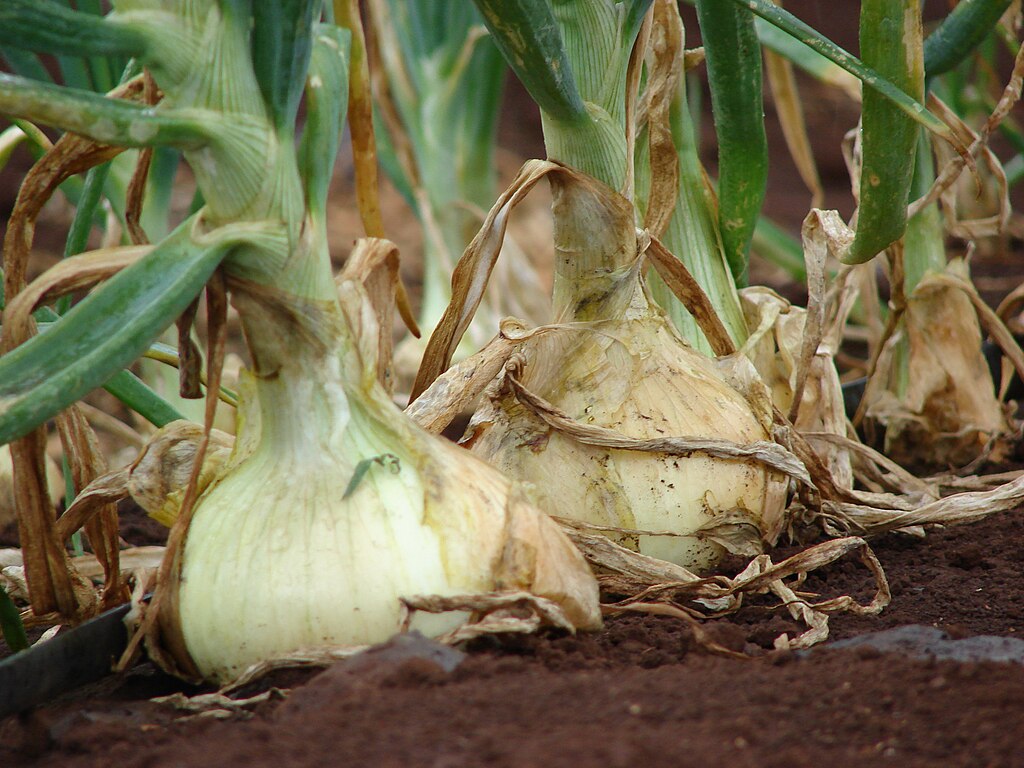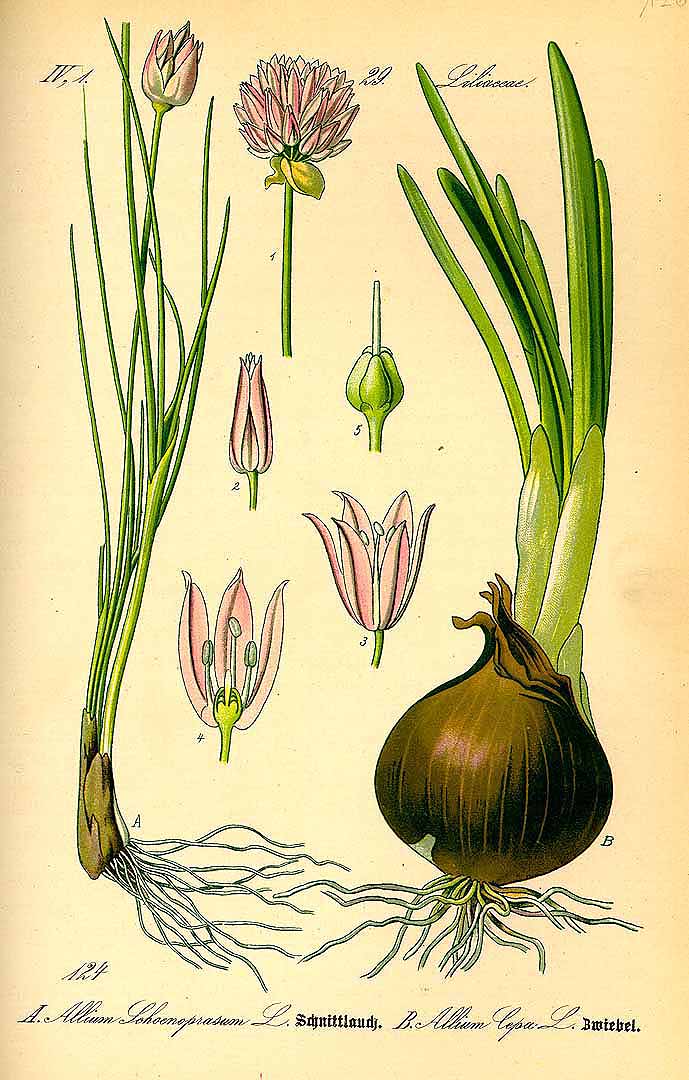! Nouveau site ici !
Vita > Plantae > Magnoliophyta > Liliopsida > Liliales >
Amaryllidaceae > Allium
Allium cepa
(Oignon)


 | ***** - ***
| ***** - ***
Vita > Plantae > Magnoliophyta > Liliopsida > Liliales >
Amaryllidaceae > Allium
Allium cepa
(Oignon)

-20°C - zone 6 (-10/-15°C selon d'autres sources)
Plante largement - et depuis longtemps - cultivée comme légume ou condiment,
pour ses bulbes et ses feuilles.
⬀
Le  donne accès au menu
donne accès au menu (c'est votre point de repère) 😊 ;
En dessous vous avez la classification, à partir de la vie (Vita, premier rang) jusqu'à la classe au dessus de la plante, dont vous trouvez ensuite le nom scientifique/botanique (latin) puis le nom commun (français), le cas échéant ;
C'est aussi un lien vers la fiche complète (tout comme la ✖, en bas à droite, et le +, en dessous de la description) ;
Vient alors l'illustration (ou ce qui la remplace, en attendant), la comestibilité :
Et en bas
⬂







